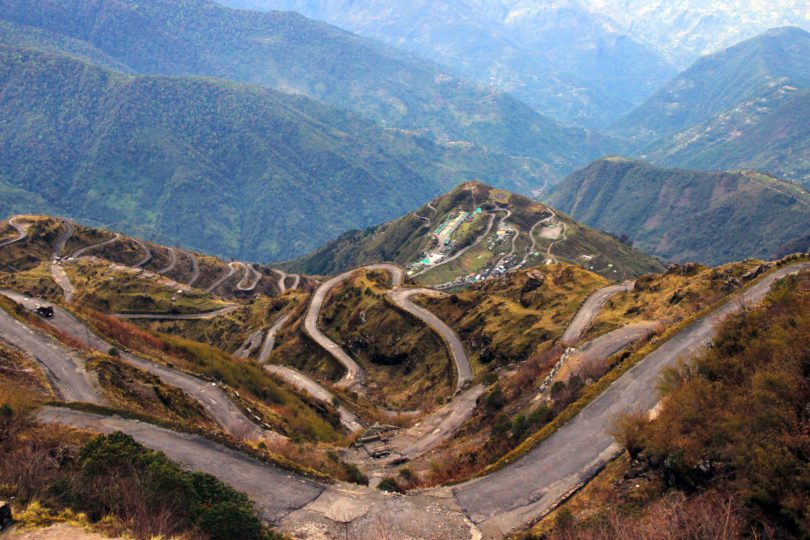The world has one too many beautiful highways to visit, but one sets itself apart from all the rest rather tremendously. The marvelous Silk Road extends over 4,000 miles, going through areas of about 40 different countries. However, it is not the magnificent length that is impressive of the Silk Road. Instead, it is the history and culture that comes along with it.
History of the Silk Road
Back when the world was divided into east and west portions in the Middle Ages, it became difficult for the common people to engage in trade with one another. Apart from the luxurious Chinese silk, people needed to trade spices, fur, jade, and ivory to maintain their livelihood.
At a time when international trade was rather impossible, the Silk Road served as a connecting point between the two different parts of the world. Rather than just engaging in trade, the Silk Road soon became a method of communication between different areas and allowed people to form meaningful sociocultural links with each other.
Areas Touched by the Silk Road
If you are wondering where and how to get to the infamous Silk Road, then you would be happy to know that there are many entrances that you can choose from. Your journey could range from China to Venice, whilst you pass through a range of nations including Georgia, Turkey, Tajikistan, and Uzbekistan. The diversity offered by each country is truly unique – and there is no other route such as the Silk Road that could allow you to experience each one individually.
Not only does the Silk Road connect different countries, but it also serves as a common area for various religions in the world. As you make your journey through the road, you are likely to come across bits and pieces of Buddhism, Islam, Judaism, Hinduism, and even Christianity. This religious diversity can be attributed to the tradespersons of the earlier centuries who rode their horses and camels through the Silk Road without ever worrying of a religious divide.
As such, the Silk Road served not only as a route for trade to occur, but as a network between people of different cultural backgrounds. The road provided access to various river ports, markets, and even pilgrimage centers for tradespersons to rest during their journey.
However, that is not even the best part. Since traveling through the Silk Road was such a rigorous journey, travelers were advised to prepare for the worst since this road would take them through some of the highest and harshest places on earth.
Natural Wonders on the Silk Road
If you are looking for more reason to travel through the silk road, then the abundance of natural wonders can serve as great reason. While ancient travelers had to struggle to make their way through mountains and deserts that created barricades in their journey, modern travelers need not worry of any such thing.
When the summer comes, travelers can enjoy scenic views of the snow-capped mountains or go hiking amongst the various mountain trails. In the wintertime, the mountainous regions serve as a great place to go skiing and search for unique wildlife habitats.

